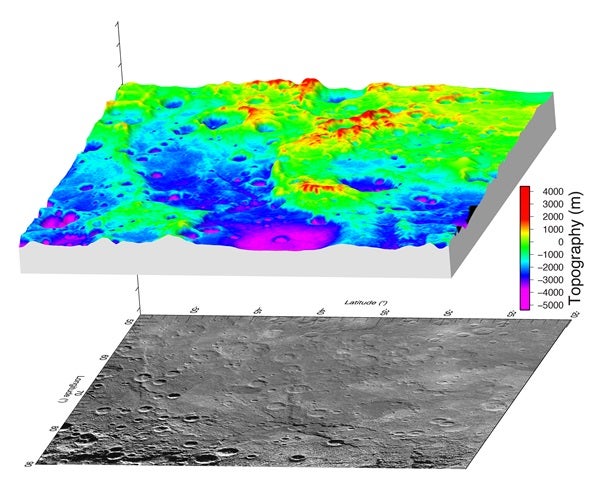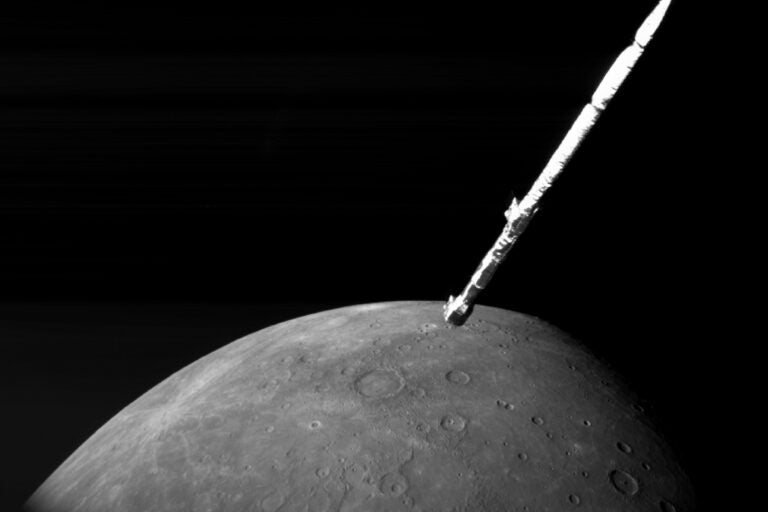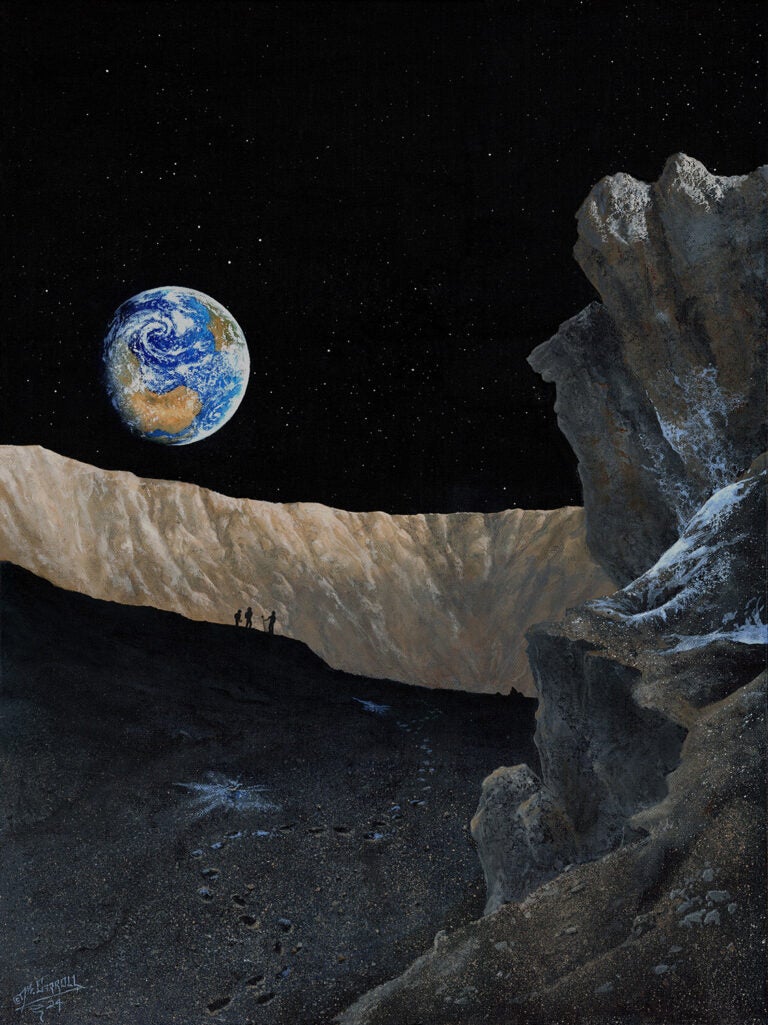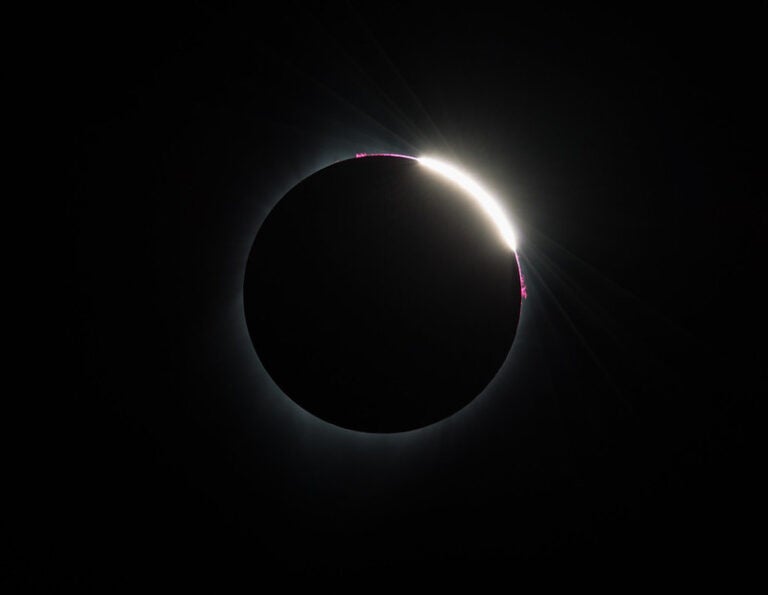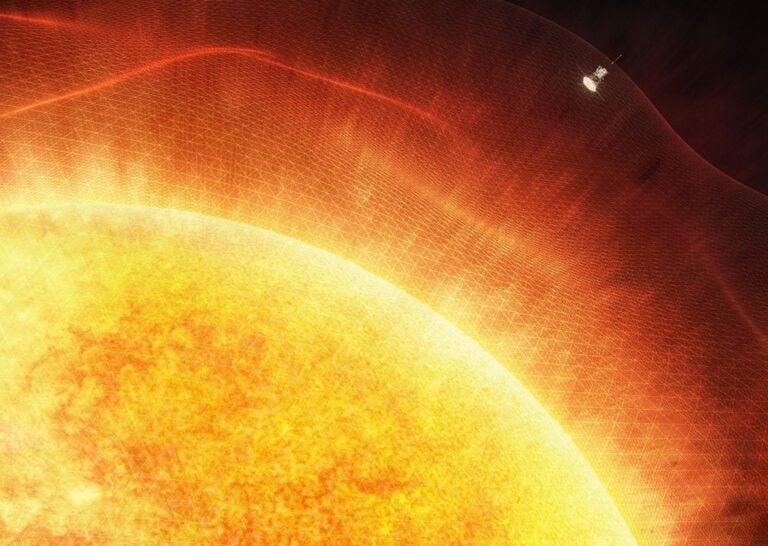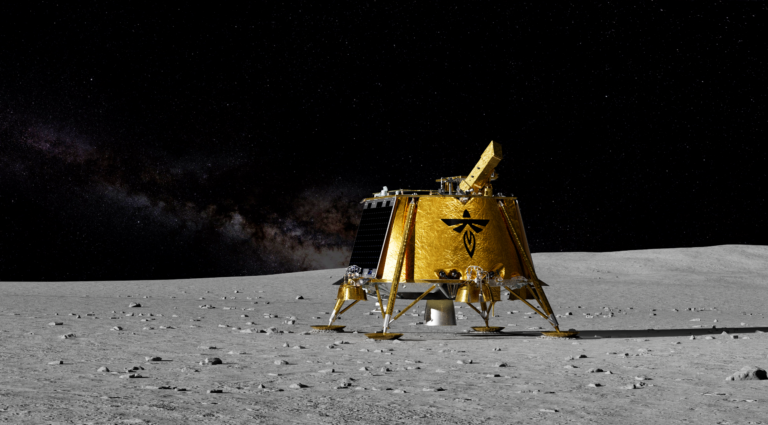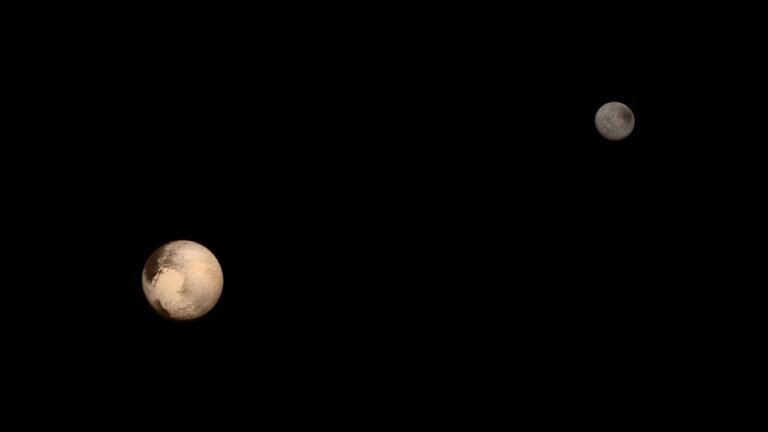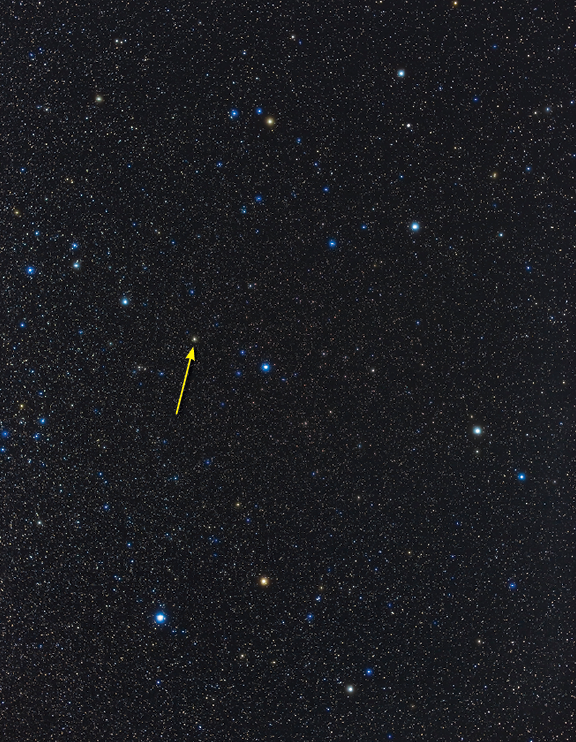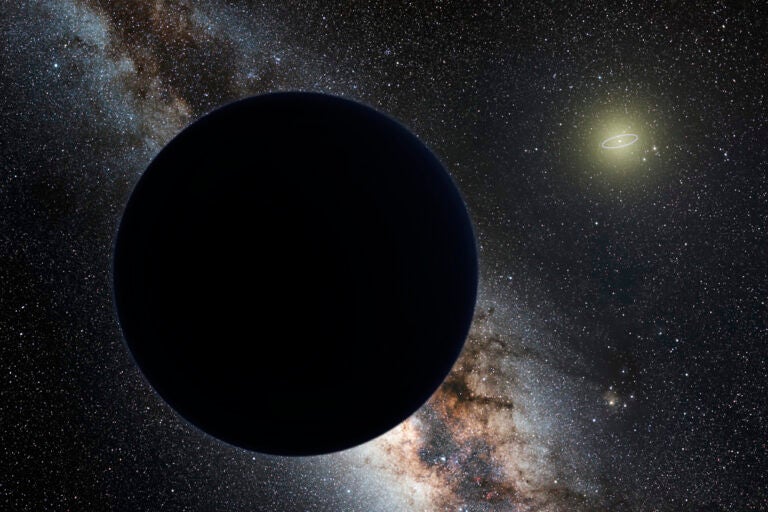A new study on a Mercurian valley bolsters the case for Mercury as a shrinking planet.
The study’s authors believe the valley likely formed in response to global contraction. Mercury’s interior core cooled, which caused the one plate of its lithosphere to contract and bend.
Researches found the valley using a high-resolution topographic map of Mercury’s southern hemisphere. The map was made from images taken by NASA’s MESSENGER spacecraft.
The valley is 250 miles (400 kilometers) wide, 600 miles (1,000 kilometers) long, and about 2 miles (3 kilometers) deep. It extends into the Rembrandt basin, one of the largest basins on the planet.
Two large fault scarps surround the valley, and through Mercury’s contraction ended up becoming large cliffs. The floor of the valley is below the terrain, which scientists believe was lowered by the same method that created the scarps.
Thomas R. Watters, senior scientist at the Center for Earth and Planetary Studies at the Smithsonian’s National Air and Space Museum and lead author of this study, said that while there are examples of lithospheric buckling on Earth, this is likely the first to occur on Mercury.
Though the outcome is similar, the process between the planets is a bit different.
“Unlike Earth’s Great Rift Valley in East Africa, Mercury’s Great Valley is not caused by the pulling apart of lithospheric plates due to plate tectonics; it is the result of the global contraction of a shrinking one-plate planet,” Watters said in a press release. “Even though you might expect lithospheric buckling on a one-plate planet that is contracting, it is still a surprise when you find that it’s formed a great valley that includes the largest fault scarp and one of the largest impact basins on Mercury.”
This study was published in Geophysical Research Letters.

